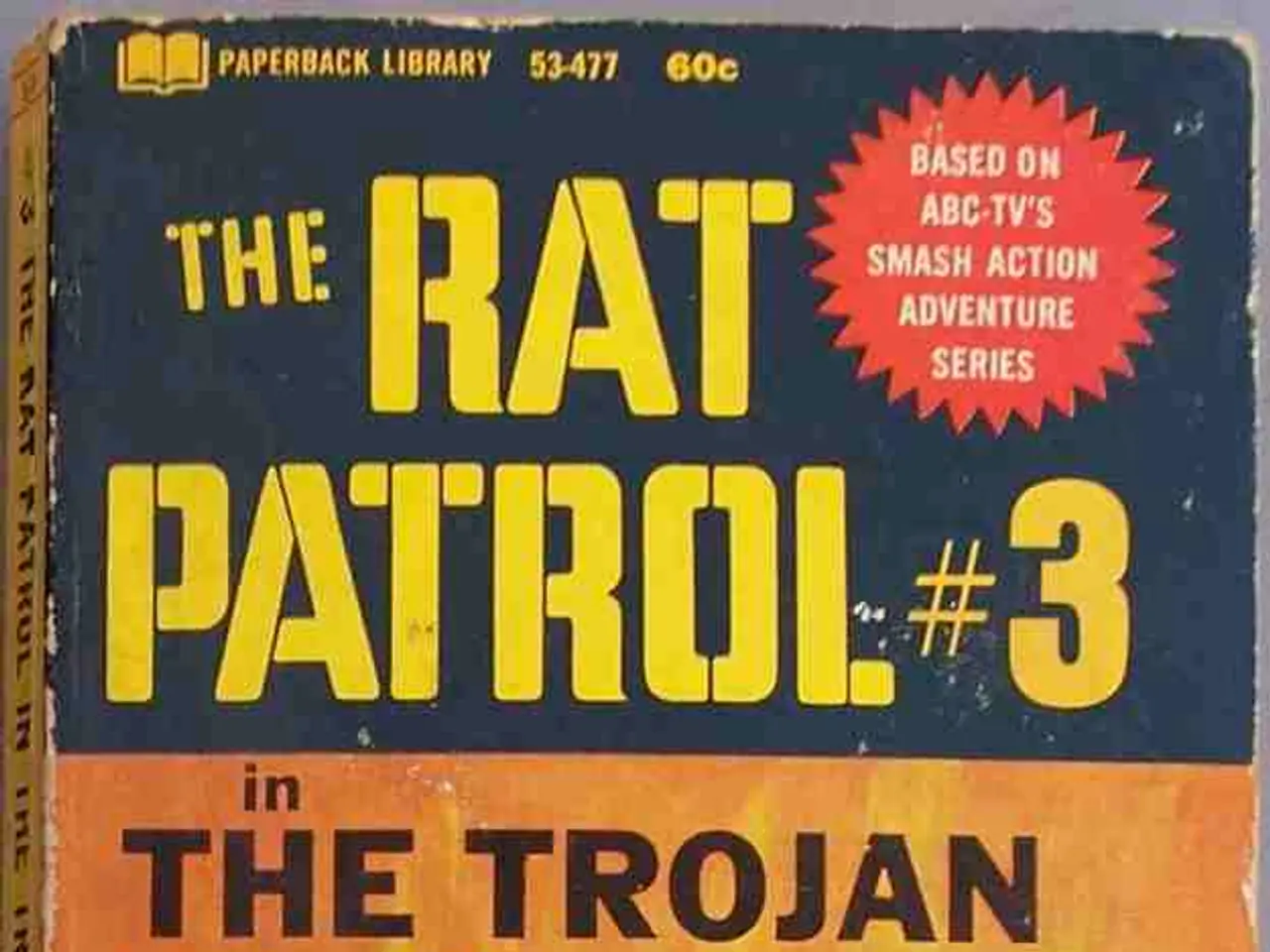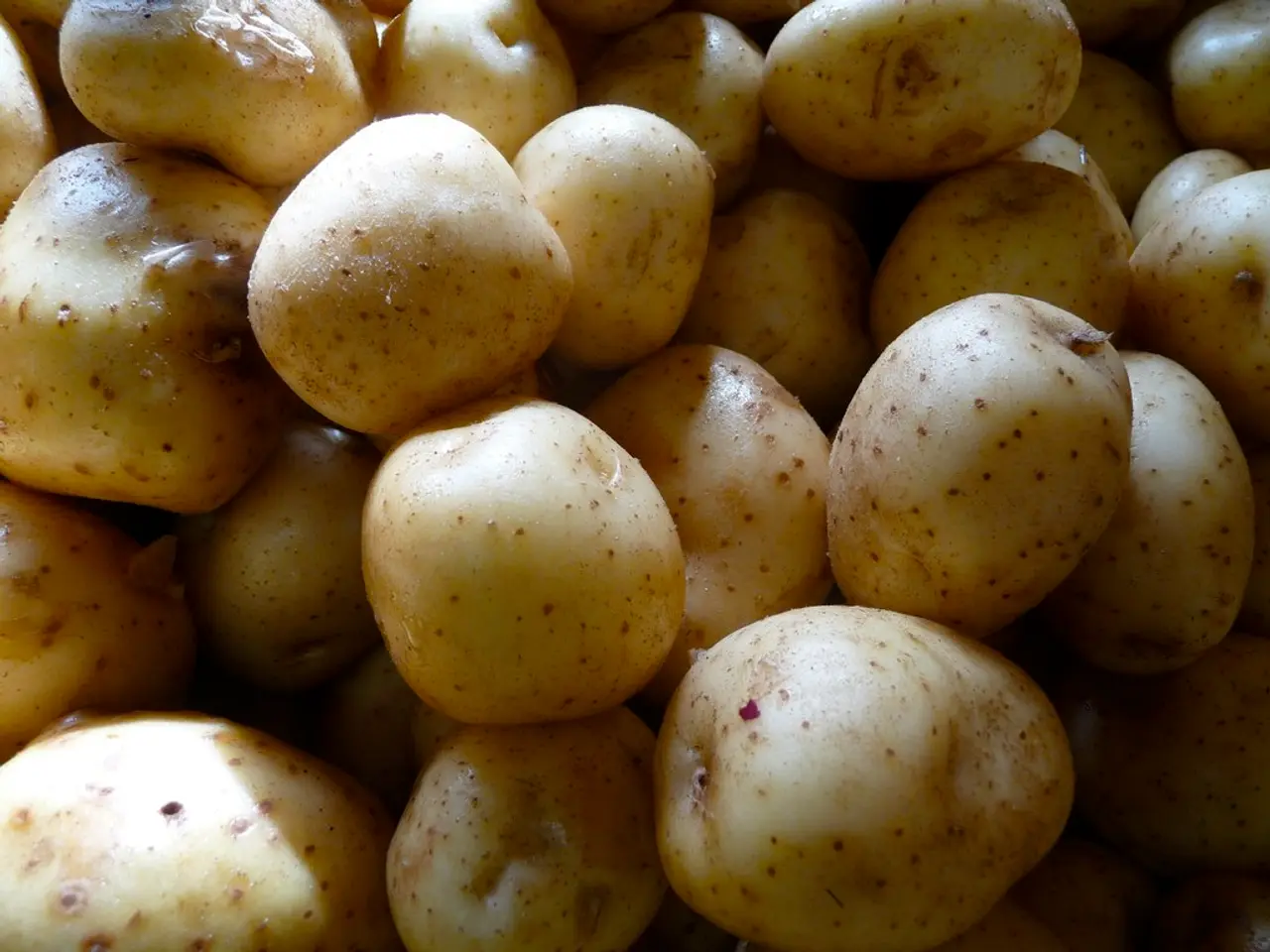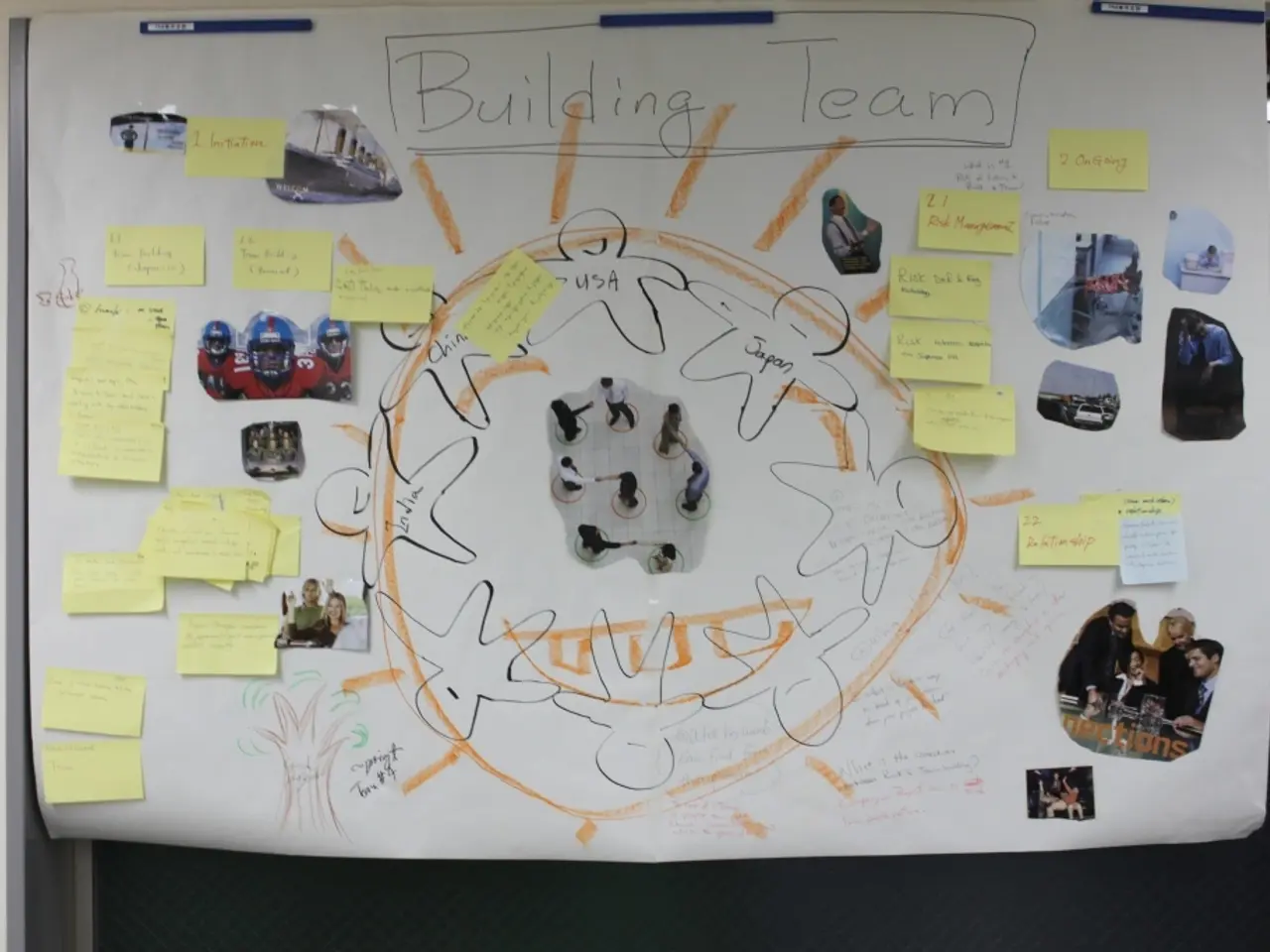Treatment Methods for Recurrent or Treatment-Resistant Marginal Zone Lymphoma
Marginal Zone Lymphoma (MZL), a type of non-Hodgkin lymphoma, originates from the marginal zone of lymphoid tissues and is typically characterised by slow growth[1]. This condition, which can manifest with symptoms such as fever, night sweats, weight loss, and fatigue, affects a type of white blood cell called B-lymphocytes and develops within lymphoid tissue.
Recent advancements in the treatment of MZL, particularly for relapsed or refractory cases, are promising. For instance, the chimeric antigen receptor (CAR) T-cell therapy lisocabtagene maraleucel (liso-cel) has shown significant efficacy, with an overall response rate of over 95% and a survival rate of over 90% at two years[1].
Other emerging treatment options include the combination of zanubrutinib with obinutuzumab versus lenalidomide plus rituximab for relapsed/refractory MZL, and the use of Monjuvi, Rituximab, and Lenalidomide in patients with relapsed/refractory MZL, although specific outcomes for MZL are not detailed in recent reports[2][5].
Antivirals may be used to treat underlying causes such as hepatitis C infection with MALT lymphoma. Antibiotics to treat H. pylori in gastric MALT MZL can induce remission in around 75% of patients. Rituximab, a targeted drug called a monoclonal antibody that targets the protein CD20 on B-cells and flags them for the immune system to kill, is also used in the treatment of MZL[3].
Treatment strategies for MZL depend on multiple factors and may involve different modalities. A 'watch and wait' approach may be taken when patients have no treatment but are regularly monitored for signs of disease progression. Chemoimmunotherapy may be used if the disease has progressed with other treatments or is disseminated. Autologous stem cell transplantation is not commonly used for the treatment of MZL, but may be considered if relapse occurs quickly after treatment with chemoimmunotherapy for nodal MZL[4].
The three main types of lymphomas are Mucosa-associated lymphoid tissue (MALT), Nodal, and Splenic MZL. Splenic MZL has a five-year survival time of around 79%, while MALT MZL, the most common type, accounts for around 70% of cases and has a five-year survival rate of approximately 88%[1].
Supportive treatment is important for managing side effects during and after MZL treatment, including maintaining a healthy lifestyle through diet and exercise. It is crucial to note that the rarity of some types of MZL makes performing specific clinical trials challenging, and determining the best sequence of treatments remains a complex issue.
These advancements in treatment, coupled with ongoing research, are transforming the landscape of MZL management, offering hope for those diagnosed with this condition.
- The slow-growing Marginal Zone Lymphoma (MZL) can involve health-and-wellness challenges such as fever, night sweats, weight loss, and fatigue, which affect a type of white blood cell called B-lymphocytes.
- Scientific progress in treating MZL, particularly for relapsed or refractory cases, is encouraging. For example, the CAR T-cell therapy lisocabtagene maraleucel (liso-cel) has demonstrated an overall response rate of over 95% and a survival rate of over 90% at two years.
- Treatment options for MZL may include targeted drugs like Rituximab, antibiotics for treating underlying infections such as H. pylori, or a 'watch and wait' approach if the disease is not progressing.
- The progress in MZL treatment, alongside ongoing research, is significantly altering the medical-conditions landscape, providing hope for individuals diagnosed with this health condition.




